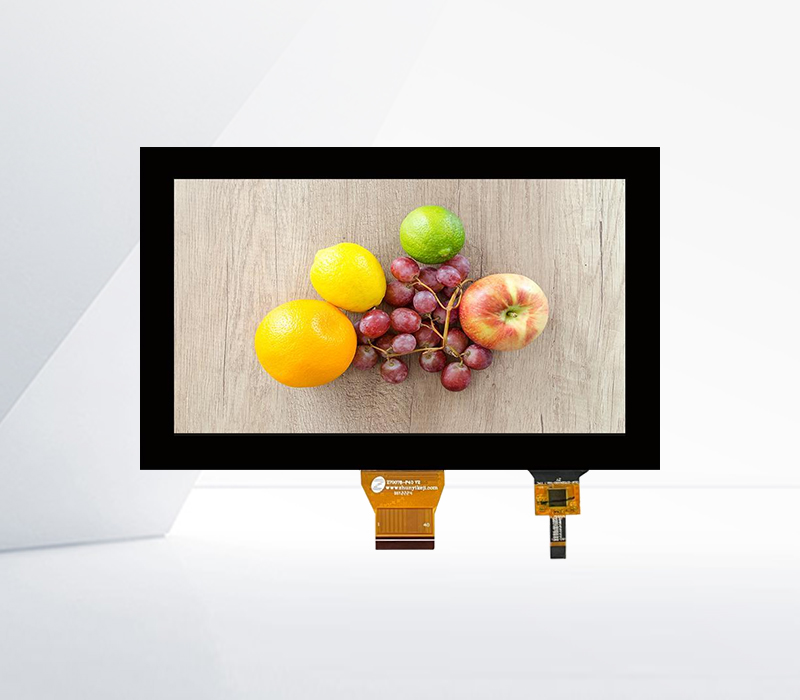




In the field of electronic products, LCD screens have become mainstream display devices. Resolution and pixels are two important parameters of LCD screens, which directly affect the display quality and clarity of the screen. This article will introduce the basic concepts of resolution and pixels of LCD screens, as well as their calculation methods.
1、 Resolution of LCD screen
Resolution is an important parameter of LCD screens, which represents the number of pixels in the horizontal and vertical directions of the screen. Resolution is usually represented by multiplying the number of pixels in the horizontal direction by the number of pixels in the vertical direction, such as 1920 × 1080. In this example, the number of pixels in the horizontal direction is 1920, and the number of pixels in the vertical direction is 1080.
The resolution of an LCD screen has a direct impact on its display quality and clarity. The higher the resolution of the screen, the more pixels it can display per unit area, and the higher the details and clarity of the image. For example, at the same size, a screen with a resolution of 1920 × 1080 displays more delicate and clear than a screen with a resolution of 1366 × 768.
2、 Pixel of LCD screen
Pixels are the basic units that make up the image of an LCD screen. Each pixel contains three color channels: red, green, and blue. By combining the brightness of these three color channels, a variety of colors and grayscale can be represented.
The resolution of an LCD screen determines the number of pixels in both horizontal and vertical directions, while pixel size directly affects the clarity and delicacy of the image. The smaller the pixel size, the more pixels can be displayed within the same area, resulting in higher details and clarity of the image. For example, at the same resolution, a 0.39-inch pixel displays finer details than a 0.4-inch pixel.
